Mastitis is an inflammatory reaction in the udder tissue that can be caused by physical trauma, poor hygiene or infections from microorganisms. Mastitis is a common but significant concern for the NZ dairy industry, as it impacts milk production, cow health, and farm profitability.
Its occurrence varies throughout the year with prevalence being influenced by factors such as cow genetics, housing conditions, milking practices, environmental factors, and nutrition. Cows may be more susceptible to mastitis due to stress, hormonal changes, and increased exposure to pathogens. High-risk periods include dry-off, the dry period, calving, and early-lactation. Heifers (first time calvers) are also more prone to mastitis than older cows. In NZ alone Mastitis costs farmers $180 million per year in lost profit.
Prevention, detection, and treatment strategies are all crucial to minimise animal health expenses and maximise milk payments. Mastitis is divided into two types: cow-associated (contagious) and environmental.
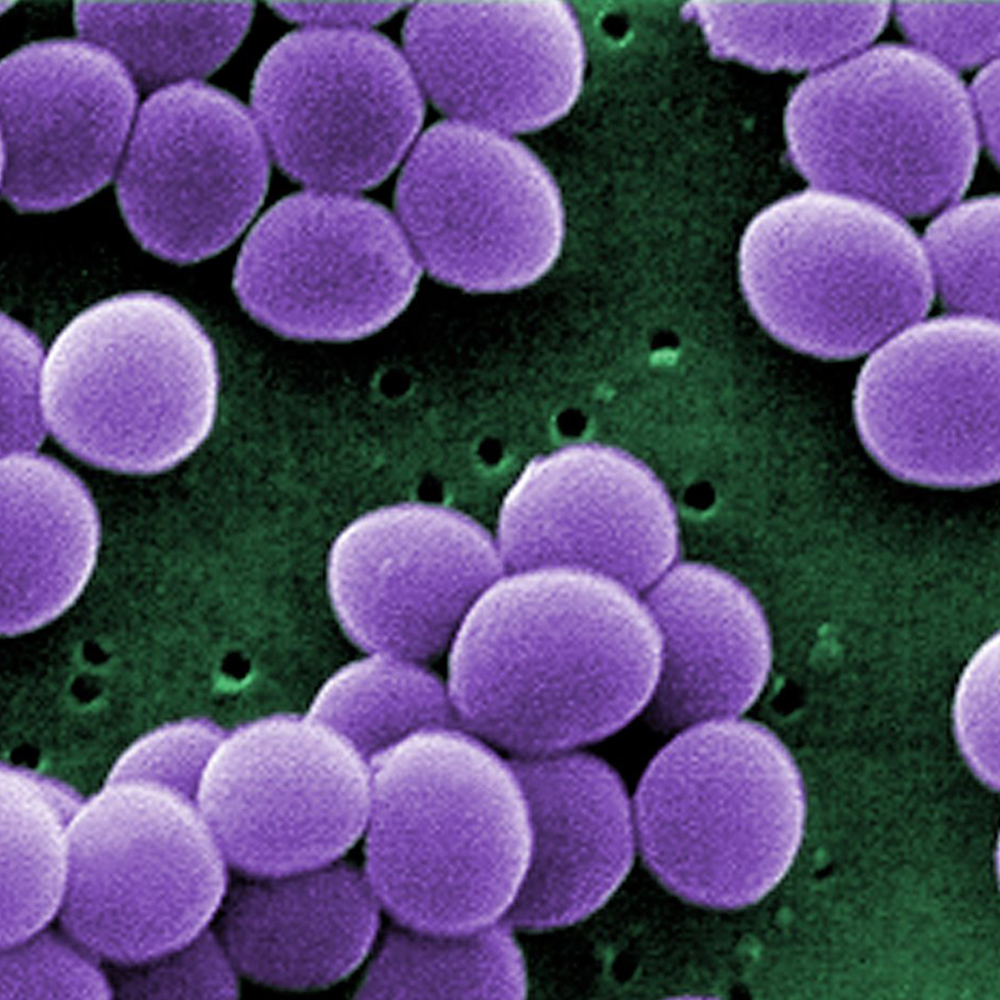
The main pathogens are Streptococcus uberis (Strep), Staphylococcus aureus (Staph), and Escherichia coli (E. coli), although more than 200 organisms have been identified as mastitis-causing pathogens. The bacteria causing cow-associated mastitis usually live in udder tissue and on teat skin and are mostly spread at milking. The bacteria causing environmental mastitis survive in the surrounding cow's environment and, although milking may enable their entry through the teat canal, the environment is the primary source of infection. A major source of bacteria and organic matter that enters the bulk milk is from the teat and udder. Hair is a good base for organic matter to collect and accumulate. Hairless udders collect less dirt/manure and are easier to clean and significantly more water accumulates on a hairy udder than a smooth one. There is some thought that dirty tails can also transfer bacteria to the udder.
Subclinical mastitis (early stage) is a milder and less apparent form of mastitis in dairy cows, where there are no visible signs of inflammation in the udder, but there is an increase in somatic cell count and a decrease in milk quality. Subclinical mastitis is 15-40x more prevalent than clinical mastitis.
Clinical mastitis is the more severe and obvious form of the infection, characterized by visible signs of inflammation, such as swollen, red, and painful udders, along with abnormal milk, containing clots, pus, or blood, leading to reduced milk production and quality. Animals do not want you to touch their udders and may kick. The animal may also have a lack of appetite, hindrance in mobility due to swollen udder and pain, sunken eyes, and suffer from digestive disorders and diarrhoea. Milk yield can stop or reduce, body temperature increases.
In cases of severe infection there is formation of pus in the infected udder. Mastitis can degenerate to Toxaemia or Bacteraemia and even cause death as a result of acute infection
Prevention
Preventing mastitis is crucial to maintaining cow health and milk quality. Dairy farmers employ various prevention strategies, including:
- Regular teat dipping or spraying with disinfectants to prevent infection.
- Using teat emollients to moisturise & soften teat skin, creating an effective barrier against pathogens at milking, & overall udder health.
- Dry cow therapy (DCT), administering intramammary antibiotics during the dry period to treat & prevent subclinical infections.
- Internal Teat Sealants (ITS) or 'Teat Sealing' which creates a physical barrier in the teat canal, reducing bacterial infection in the dry period.
- Milking machine maintenance & calibration and timely rubberware (milk liners/inflations) replacement to minimise teat-end damage.
- Frequent monitoring of bulk milk somatic cell counts (BMSCC) to detect subclinical mastitis early.
- Implementing proper cow hygiene practices and maintaining clean and comfortable cow housing.
Other measure to help prevent mastitis include:
- Provide clean, dry and adequate bedding for cows to lie
- Cows should be clean while entering the milking area
- Use different cloth or paper towel for cleaning the teats on each cow
- Teats should be completely dry and clean before milking
- Use teat dips after milking
- Feed the cows after milking so that they don't lie down immediately. This prevents the entry of microorganisms into teat canals that are still open from milking
Keep teats in good condition:
- Wash and dry before first milking, set up systems to wash a dry dirty teats at every milking
- Use Teat spray (did you know this was invented by our Shoof founder!) and keep it fresh
- Check teats regularly - bring in the vet if you have high rates if infection/unhealthy teats
Prevention Products

Tail Trimming
Tail trimming is aimed at maintaining cleanliness and preventing potential health issues, ensuring the quality of milk production.
View Product
Udder Singe
Udder singeing promotes udder hygiene and reduces the risk of bacterial contamination in milk by removing excess hair around the udder area.
View Product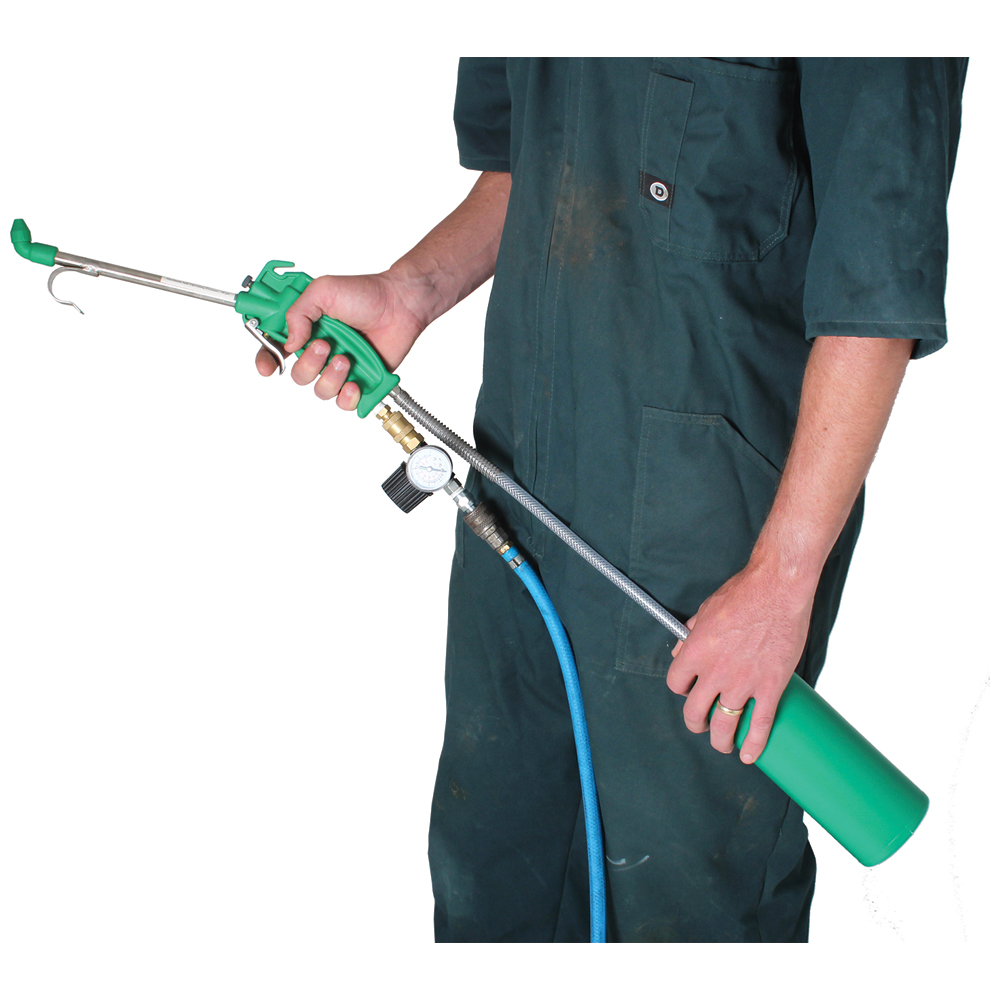
Teat Care
Proper teat care involves regular cleaning, disinfection, and monitoring to ensure optimal udder health and milk quality.
View Product
Nitrile Gloves
After 30 minutes of wearing, nitrile gloves adapt to the shape of your hand. This is why nitrile milking gloves are much more comfortable to wear.
View ProductDetection Products

Conductivity
Electronic mastitis testers are used to diagnose and detect inflammation and early infection to ensure the quality of milk production.
View Product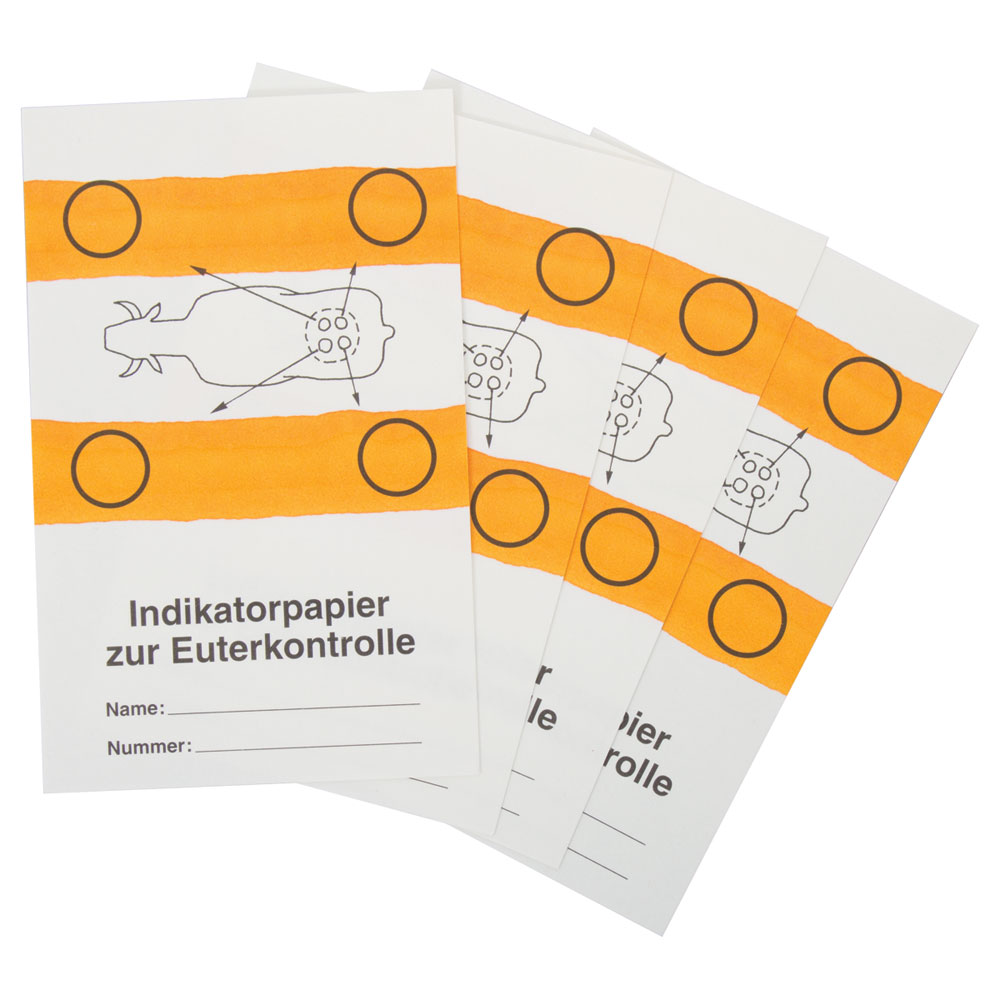
Ph (Testing)
Quick and simple four-spot testing papers for quarter excessive cell counts. An infection causes a change in acidity in the quarter's milk.
View Product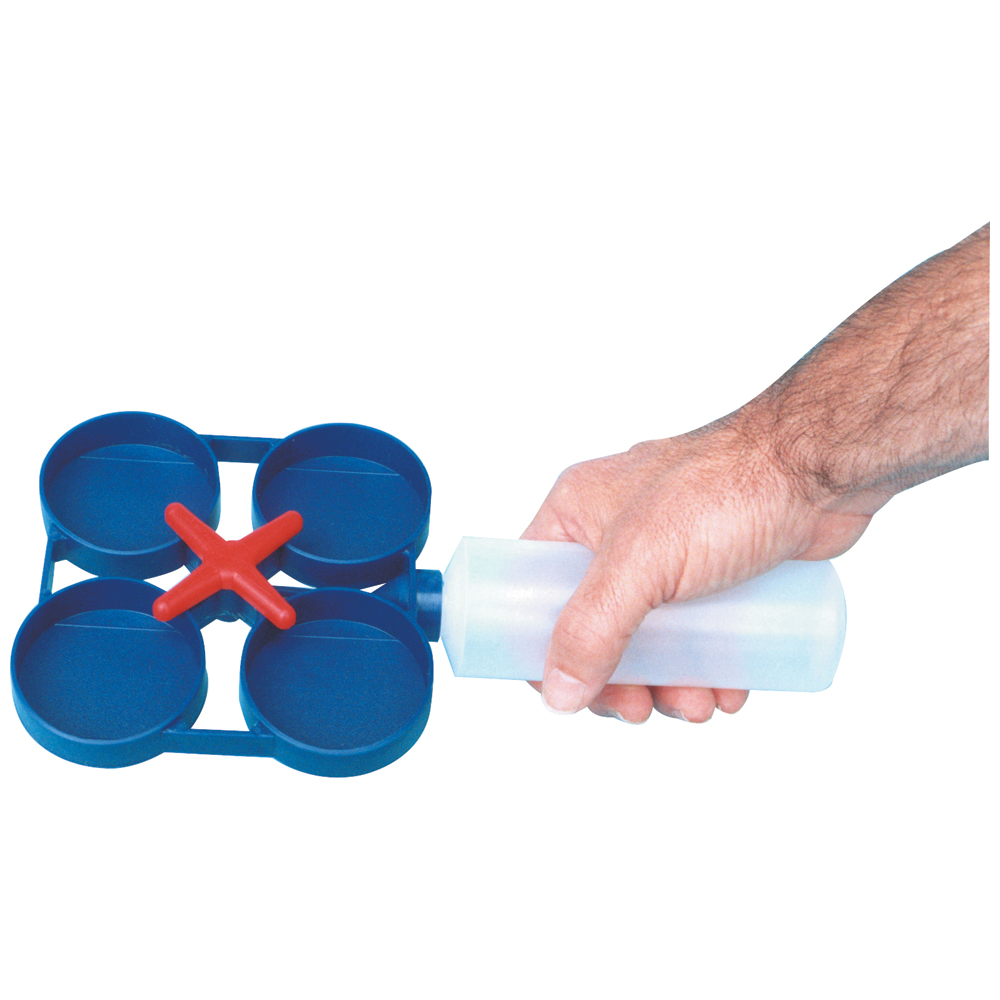
RMT/CMT Paddles
RMT (Rapid Mastitis Test) testing is a fast and effective method to swiftly identify potential udder infections, aiding in timely treatment.
View Product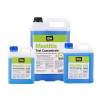
Test Solution & Concentrate
Mastitis test solutions are specially formulated reagents used in diagnostic tests to detect signs of mastitis, identifying udder health issues.
View Product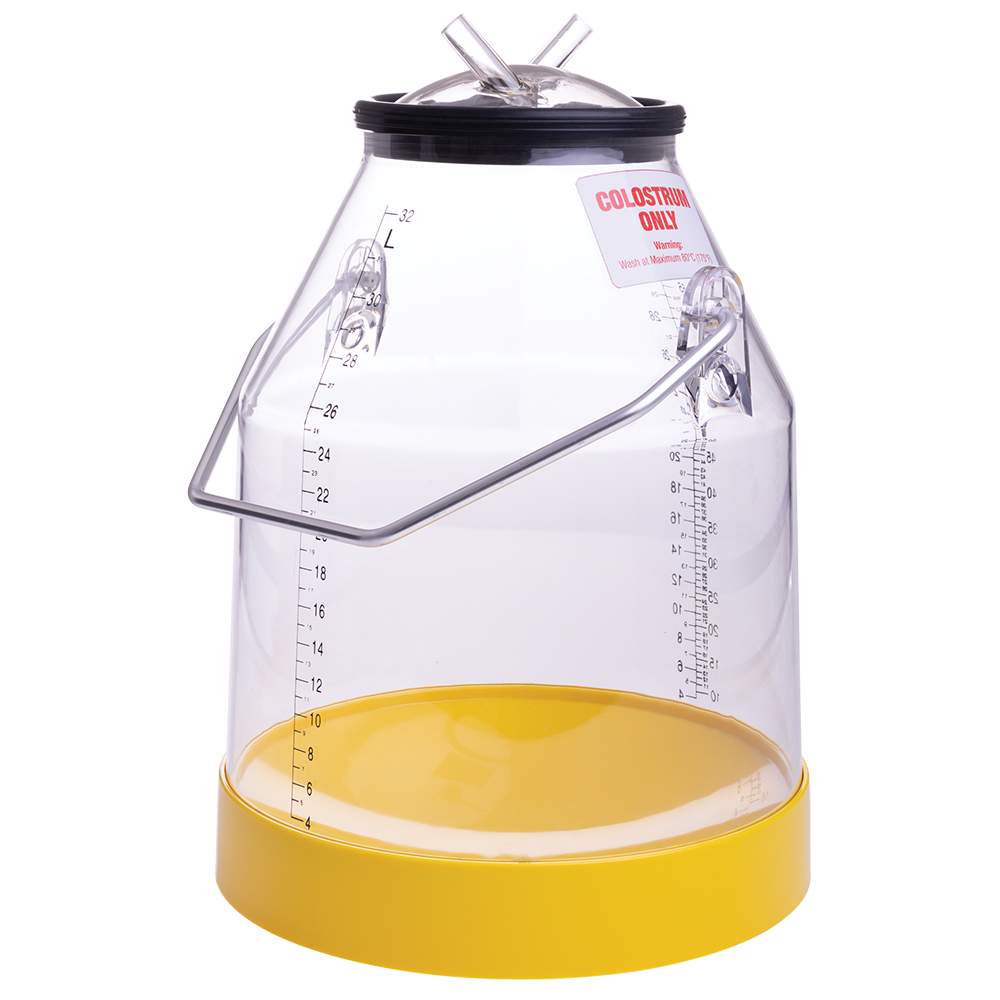
Herd Test Buckets
Herd test buckets are essential for efficiently collecting and preserving milk samples and facilitating accurate assessment of milk quality and herd health.
View Product
Marking
Identification products such and tapes, paints and leg bands designed to quickly identify and track individual cows for better herd management.
View ProductTreatment
For treatment, affected cows need to receive appropriate antibiotics, anti-inflammatories and in severe cases, milk from infected cows is withheld from the bulk tank to maintain milk quality. This achieves milk premiums and avoids penalties for high BMSCC scores from milk companies.
Best practice is to cull a cow from the herd when she presents with her third clinical case for the lactation, or she has high cell counts in two consecutive lactations (Dairy NZ Technote 15).
Did you know studies show that Antibiotics have a 75% effectiveness in the first treatment, by the second that lowers to 45% and on the third it reduces to just 12% effectiveness. There is growing concern around antimicrobial resistance and treating cows specifically for what they have and not with what is just on hand.
Recording
Dairy NZ recommends you follow MRS T – Mark the cow, Record her details. Separate the cow from the milking herd, before Treating her for clinical mastitis
Parts & Servicing
Did you know we provide parts and servicing for our products - Shoof Direct Servicing
- Mas-D-Tec
- Tail Trimmers
- Clippers
Conclusion
To improve mastitis management, continuous education and training for farmers is essential. Promoting proper milking hygiene, cow comfort, and timely detection and treatment of mastitis cases can significantly reduce its impact. Embracing advancements in mastitis detection technologies and genetic selection for mastitis resistance may further contribute to improved outcomes. Additionally, increased emphasis on sustainable farming practices and cow welfare may drive further developments in mastitis management.
For more detailed information on Mastitis management, read chapter "mastitis and milk quality" in the Vet Book for Cattle Farmers
